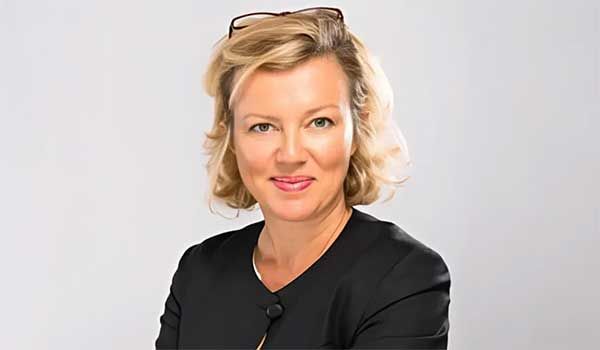Since 1993, supplies performed between Italy and San Marino have been accompanied by a set of customs obligations. These include the submission of paperwork to both countries’ tax authorities.
After the introduction of the Italian e-invoicing mandate in 2019, Italy and San Marino started negotiations to expand the use of e-invoices in cross-border transactions between the two countries. Those negotiations have finally bore fruit, and details are now available.
Building SDI connectivity to San Marino
Italy and the enclaved country of San Marino will abandon paper-based customs flows.
The Italian and Sammarinese tax authorities have decided to implement a “four-corner” model, whereby the Italian clearance platform SDI will become the access point for Italian taxpayers, while a newly created HUB-SM will be the SDI counterpart for Sammarinese taxpayers.
Cross-border e-invoices between the countries will be exchanged between SDI and HUB-SM. The international exchange system will be enforced on 1 July 2022, and a transition period will be in place between 1 October 2021 and 30 June 2022.
FatturaPA: The format of choice
HUB-SM’s technical specifications are now available for imports from Italy to San Marino, and exports from San Marino to Italy. The countries have also decided to choose FatturaPA as the e-invoice format, although content requirements for export invoices from San Marino will slightly differ from domestic Italian FatturaPA e-invoices.
The SDI and HUB-SM systems will process e-invoices to and from taxpayers connected to them, or under each country’s jurisdictions.
In other words, Italian taxpayers will send and receive cross-border invoices to or from San Marino via the SDI platform, while Sammarinese taxpayers will perform the same activities via HUB-SM.
Both platforms will deliver invoices to the corresponding taxpayers through the Destination Codes assigned by the respective tax authorities. This means HUB-SM will also assign Destination Codes for Sammarinese companies.
Integration documents for Sammarinese companies
Inspired by the Italian methodology for fiscal controls in cross-border transactions, San Marino will require Sammarinese buyers to fill out an additional integration document (similar to a “self-billing” invoice created for tax evidence reasons) upon receipt of the FatturaPA. This document will be filled out in a new XML-RSM format created by the enclave and sent to HUB-SM.
After the larger rollout of the SDI for B2B transactions in 2019, the platform has proven capable of adapting to new workflows and functionalities.
Since last year, e-purchase orders from the Italian National Health System have been exchanged through the NSO, an add-on to the SDI platform. In January 2022, the FatturaPA replaces the Esterometro as a cross-border reporting mechanism.
SDI has already debuted in the international arena through the acceptance of the e-invoices following the European Norm, which are mapped into a FatturaPA before being delivered to Italian buyers. This integration between SDI and HUB-SM might also reveal the early steps of interoperability between both tax authorities’ platforms for cross-border trade.
Take Action
Get in touch with our experts who can help you understand how SDI and HUB-SM will work together.
Download VAT Trends: Toward Continuous Transaction Controls to find out more about the future of tax systems around the world.







